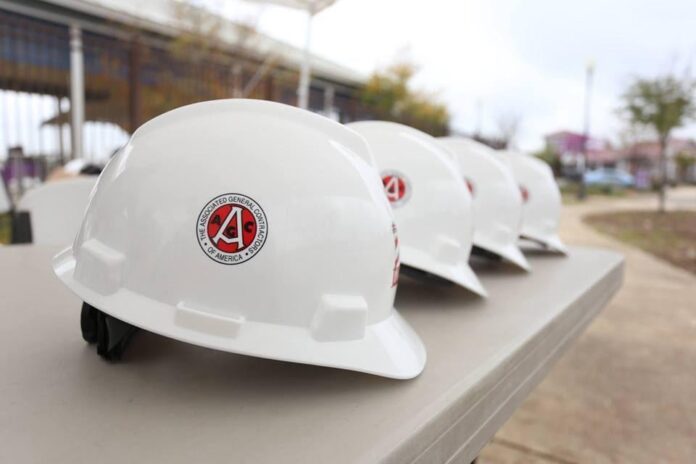Washington Construction News staff writer
Construction employment rose by six per cent in the year between November 2022 and 2023 in the Southern Maryland suburbs, compared to a 1 percent increase in the District and 2 percent in Northern Virginia.
These developments were among the national statistics reported by the Associated General Contractors (AGC) of America on Jan. 3.
Overall, silver Spring-Frederick-Rockville gained 1,900 jobs, increasing from 34,800 from 32,900, ranking 45th in the nation.
In DC, 200 jobs were added, increasing employment to 15,400 from 15,200 (ranking 189th) while in Northern Virginia, employment grew from 82,700 to 84,300, a 1,600 increase (ranking 166th).
Nationally, construction employment declined in almost a quarter of metro areas as demand tapered in some parts of the country and labor shortages made it hard for contractors to fill vacancies, the AGC reported, citing federal employment data.
Association officials said the new data is consistent with the results of the 2024 Construction Hiring & Business Outlook survey that AGC and Sage were scheduled to release on Jan. 4.
“Although construction employment is still growing in most parts of the country, it is falling in more places than earlier this year,” Ken Simonson, the association’s chief economist, said in a statement. “In some cases, firms are seeing a slowdown in demand, but for many the biggest challenge is finding enough workers to hire.”
Construction employment rose in 213 or 59 percent of 358 metro areas.
Dallas-Plano-Irving, Texas added the most construction jobs (12,500 jobs, 8 percent), followed by New York City (9,900 jobs, 7 percent); Riverside-San Bernardino-Ontario, Calif. (9,700 jobs, 8 percent); Baton Rouge, La. (9,400 jobs, 19 percent); and Austin-Round Rock, Texas (8,100 jobs, 10 percent). The largest percentage gain was in Baton Rouge, followed by Tulsa, Okla. (16 percent, 4,000 jobs); Corvallis, Ore. (13 percent, 200 jobs); and 12 percent gains in Little Rock-North Little Rock-Conway, Ark. (2,200 jobs); Elkhart-Goshen, Ind. (500 jobs); Lexington-Fayette, Ky. (1,700 jobs); Albuquerque, N.M. (3,000 jobs).
Construction employment declined over the year in 81 or 23 percent of metro areas and was unchanged in 64 areas. The largest job loss occurred in Orange-Rockland-Westchester, N.Y. (-5,100 jobs, -11 percent); followed by Houston-The Woodlands-Sugar Land, Texas (-4,900 jobs, -2 percent); Seattle-Bellevue-Everett, Wash. (-4,700 jobs, -4 percent); and Nassau County-Suffolk County, N.Y. (-4,000 jobs, -5 percent). The largest percentage loss occurred in Orange-Rockland-Westchester, followed by Bloomington, Ill. (-10 percent, -300 jobs); Bergen-Hudson-Passaic, N.J. (-8 percent, -2,700 jobs); and Wenatchee, Wash. (-8 percent, -300 jobs).
“Even as the broader construction industry continues to expand, a growing number of metro areas are experiencing employment pains,” said Stephen E. Sandherr, the association’s chief executive officer. “Our new Outlook will show whether contractors expect to continue adding jobs or if those employment pains will expand in 2024.”


